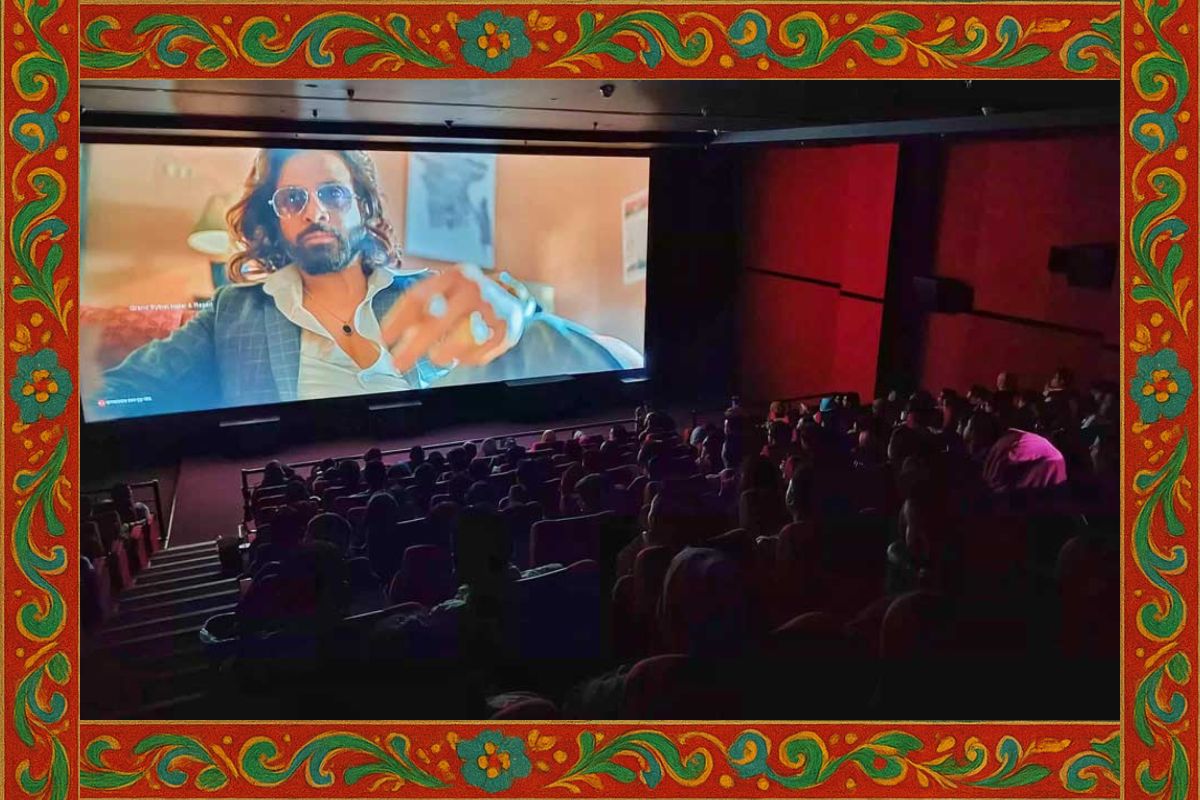
Published: : September 29, 2025, 04:35 PM

We often wonder about the future of Bangladeshi cinema, thinking the answer lies with a director’s vision or a producer’s pockets. But the truth is, our films won’t change until we do. A nation gets the cinema it is willing to sit through. Unless we become an audience that seeks more than just escape, our cinema will not evolve, and no breakthrough will come.
For decades, our industry has shown a limited view of who we are. We have seen romantic melodramas, clear moral lessons, and villains we love to hate, with endings tied up neatly. Yet society has changed. Cities have become more chaotic, inequality has increased, women’s voices have grown stronger, and migration has altered families. Still, our screens often hesitate to show this complexity, as if audiences cannot handle the truth. However, when films push boundaries, the reaction can be surprising. Rehana Maryam Noor invited viewers to endure relentless tension without relief. Hawa engaged them with allegory and ambiguity, and audiences remained for weeks. Made in Bangladesh highlighted garment workers in global cinema. Each of these films expanded what a Bangladeshi audience could accept and even appreciate.
The lesson is clear. Audiences must evolve for cinema to do the same. This concept is not new. In postwar Italy, the same people who once cheered Mussolini’s spectacles watched Bicycle Thieves and Rome, Open City, learning to see themselves in the ruins of their past. In South Korea, years of low-quality films laid the groundwork for a culture ready to engage with the tonal shifts of Oldboy and ultimately Parasite. Great cinema arises only when societies allow themselves to be depicted honestly, no matter how unflattering that mirror may be.
The old question that confronts us—do films shape audiences, or do audiences shape films? —is really a cycle. However, in fragile industries like ours, audiences often lead the way. A bold film doesn't mean much if theatres are empty and investors withdraw. Risk becomes manageable only when viewers reward it. This happens when we buy the ticket, sit through the silence, accept the ambiguity, and leave with more questions than answers. That calls for a change in mindset. We should view cinema not just as entertainment but as a cultural act, a shared reflection. We need to resist dismissing a challenging film as “too slow” or “too strange,” and instead ask what it reveals about us. The discomfort a story creates is not a failure but a success.
Bangladesh has yet to earn an Oscar nomination, not due to a lack of stories but because there isn’t an audience demanding them. Filmmakers can spark ideas, but only a society willing to change can fan those sparks into flames. So, what’s next for Bangladeshi cinema? It’s not just one director’s masterpiece but a collective movement. The day our audience craves cinema that challenges norms, our filmmakers will be empowered to take risks. Only then will the environment be ripe for a truly great film to emerge.